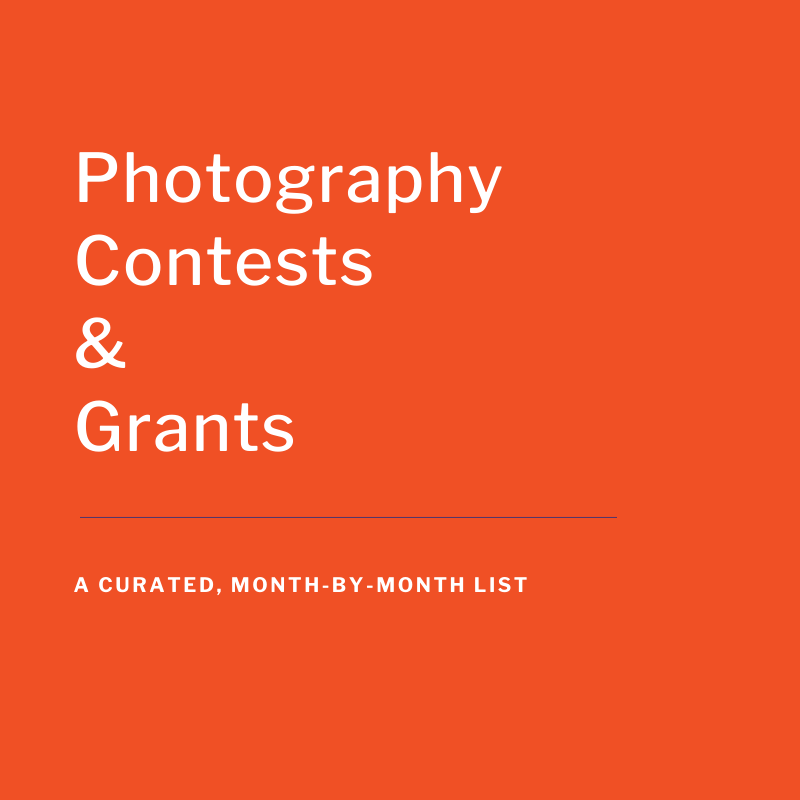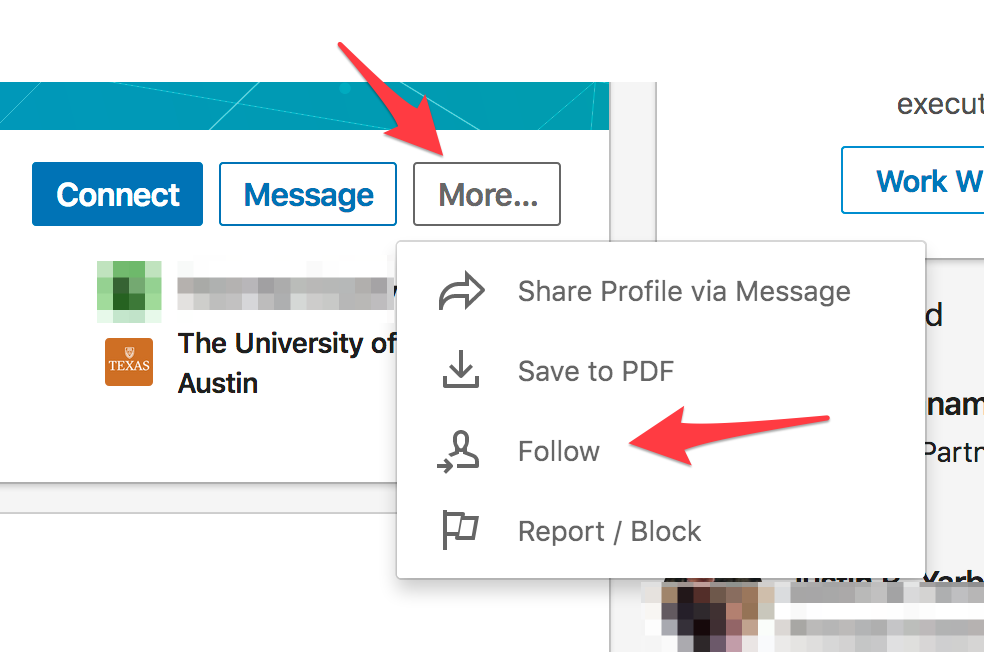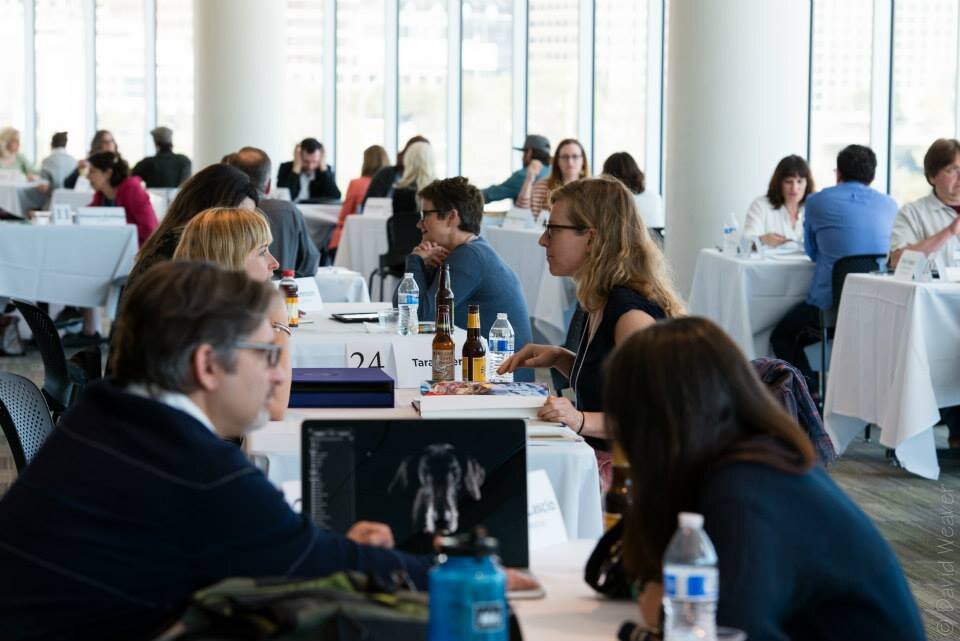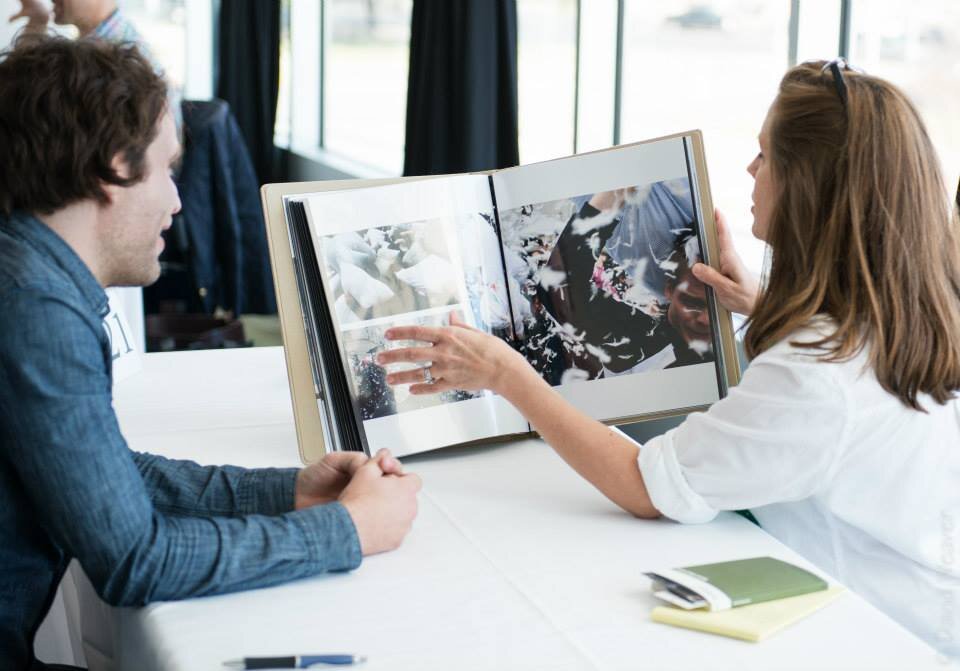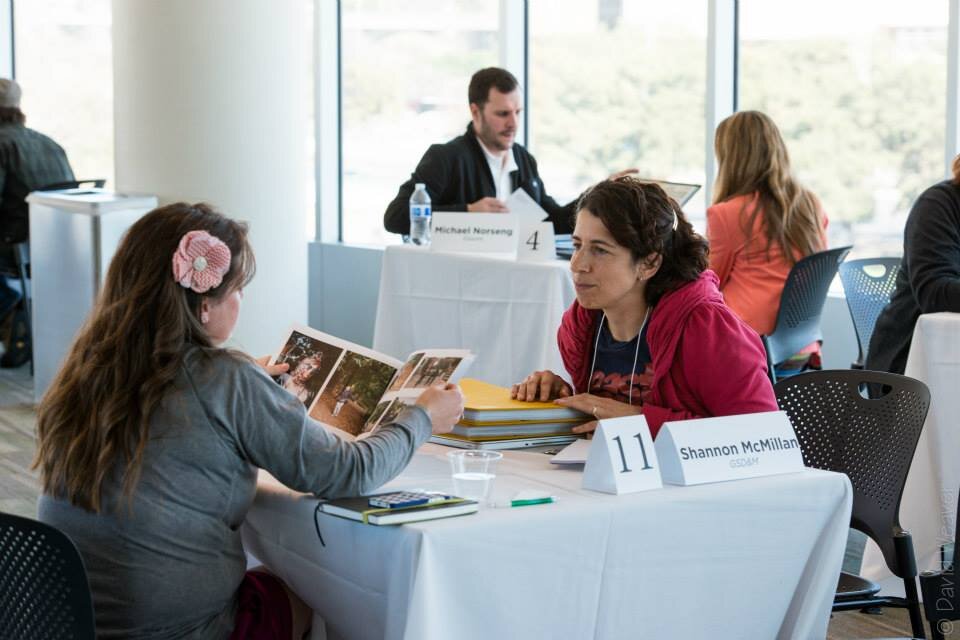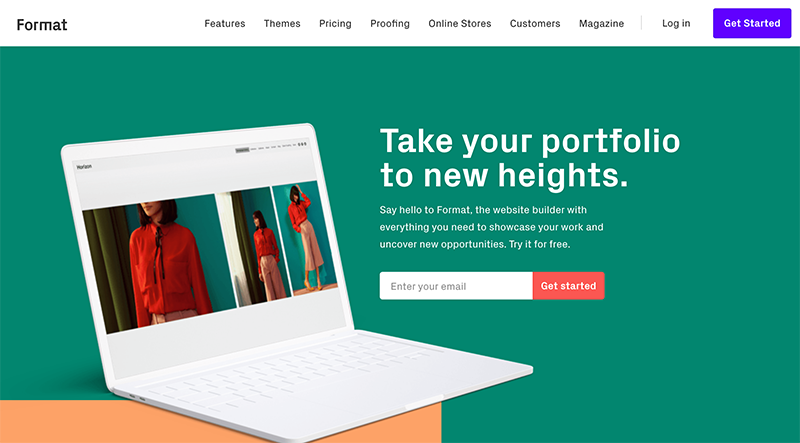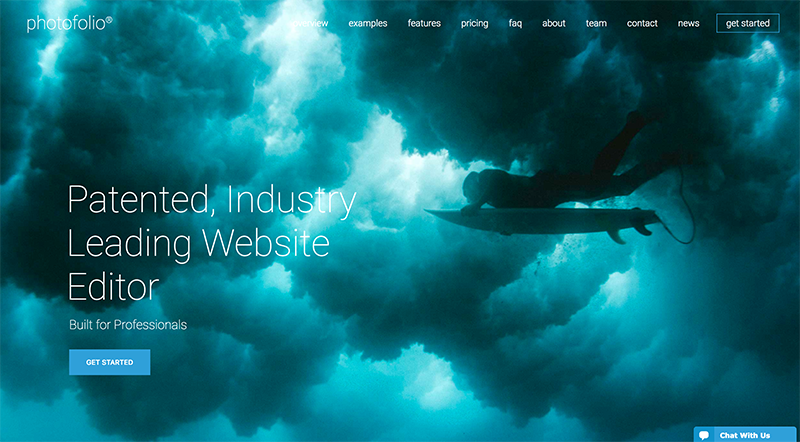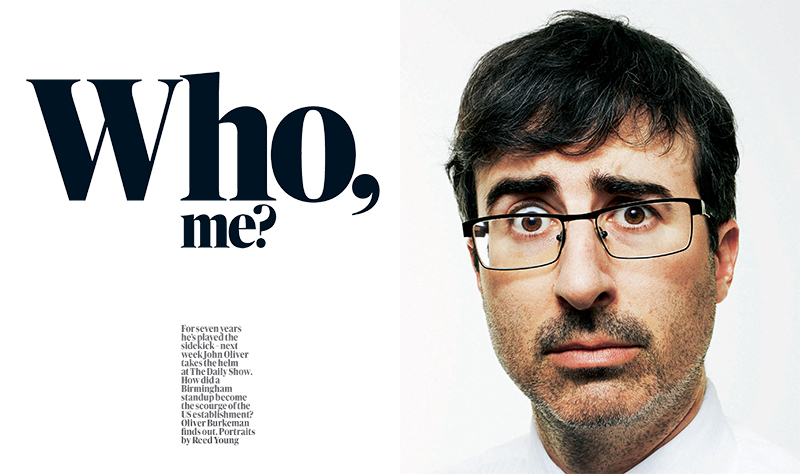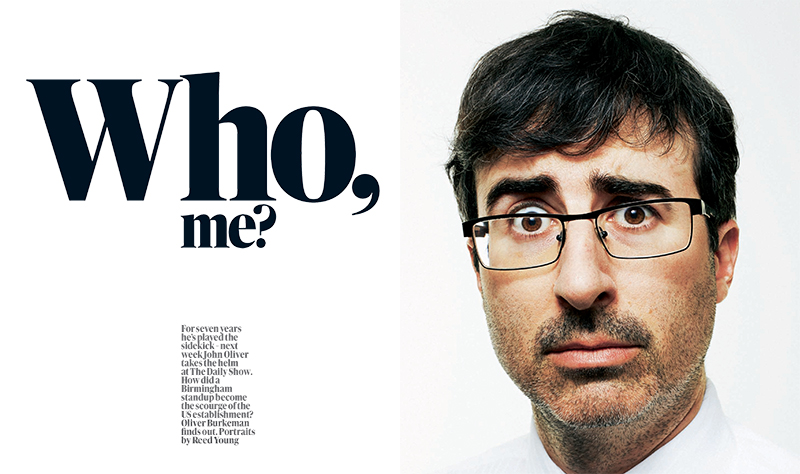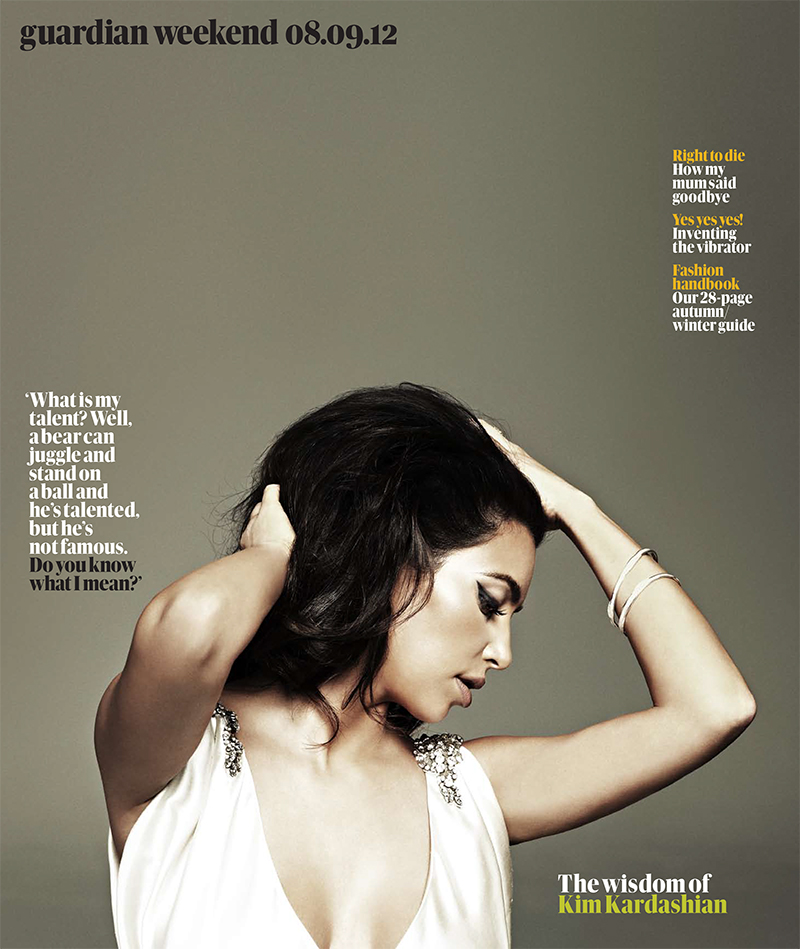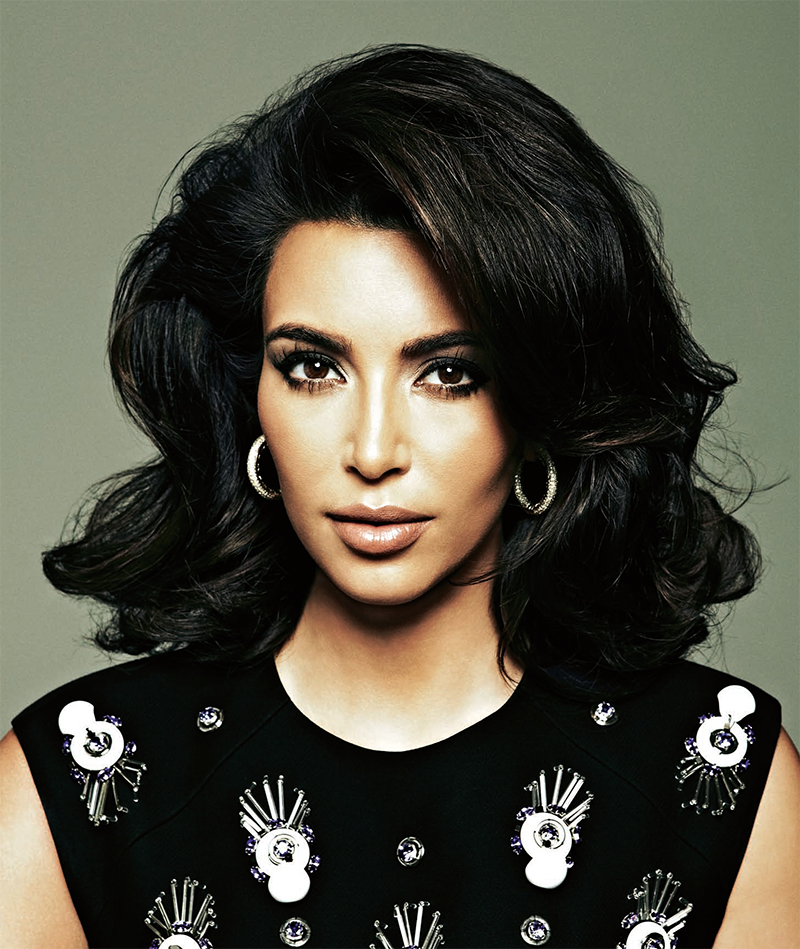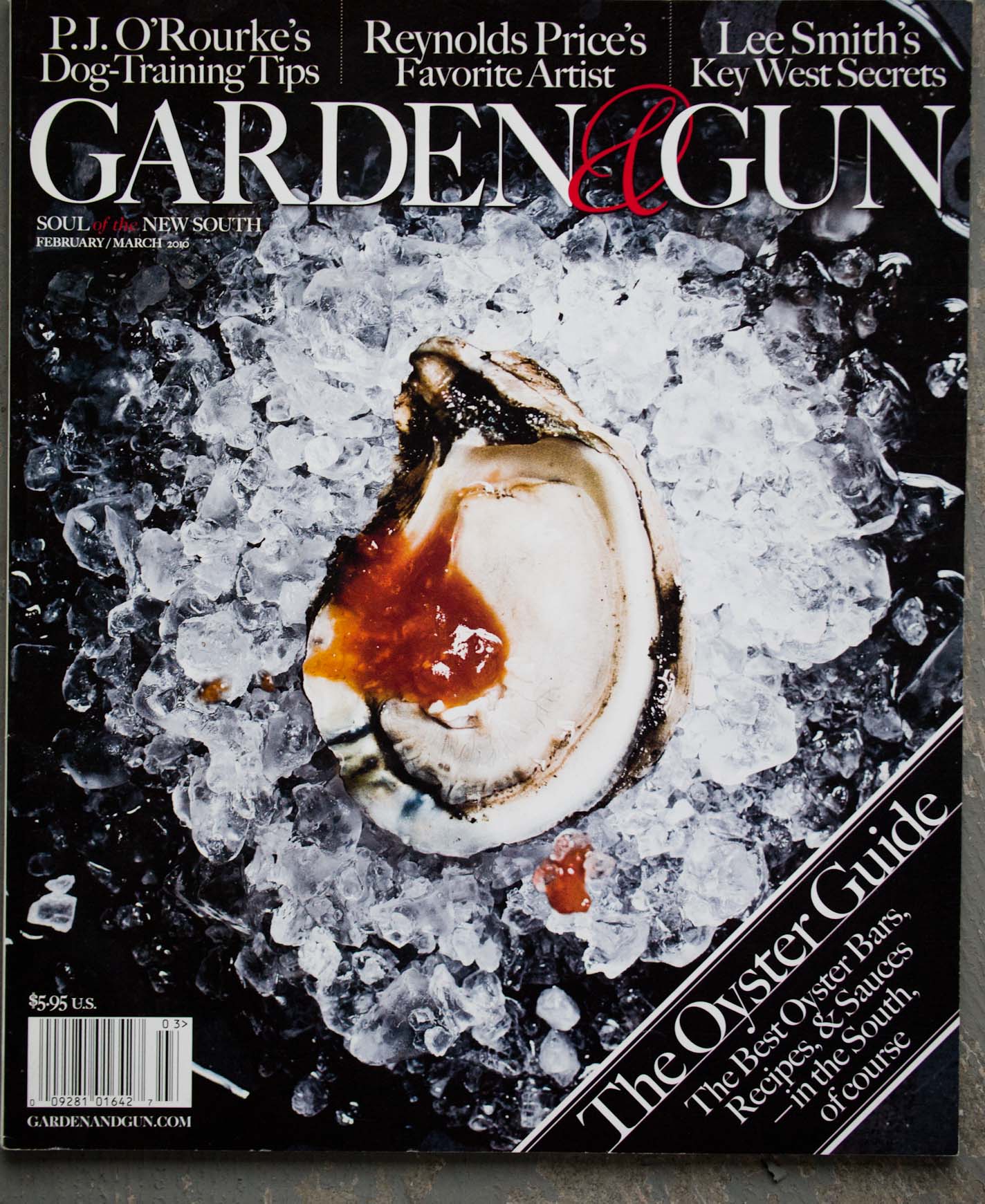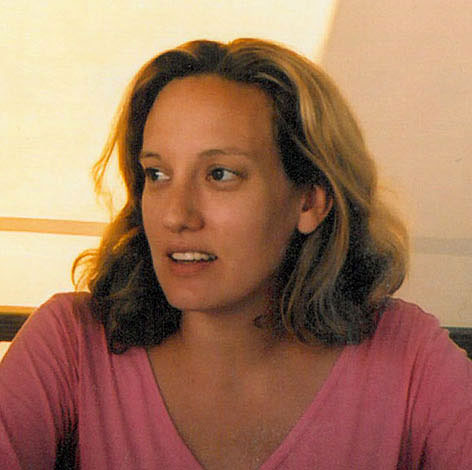(updated December 2019)
Did you know that an editor can help you home in on the right images for contests and grants?
An objective, outside opinion and fresh look at work can help you craft a contest or grant entry that connects with the judges.
I've created contest edits for numerous photographers who went on to win World Press Photo, POYi, Communication Arts, and PDN Photo Annual awards.
Contests... Some are great. Some feel like they only exist to rob photographers of their precious income. Before you enter, carefully consider if it's worth your money. Stick with contests that have, in the past, recognized photographers whose work you admire.
Remember, the primary (commercial) benefit of entering a contest is getting your work in front of industry bigwigs who otherwise might not have seen it. You don't even have to win to enjoy that benefit, although, winning is preferred.
Here's a general timetable of contest deadlines throughout the year. Things change so make sure you go straight to the source for definitive info on deadlines, entry fees and eligibility.
Know of others? Connect on facebook, twitter, LinkedIn, or Instagram and let me know.
January
Andrei Stenin International Photo Contest
American Illustration-American Photography
Aperture Portfolio Prize (entries accepted December through early February)
Art Directors Club Photo Contest
Days Japan
Hillman Prize for Photojournalism
Inge Morath Prize - Recognizing outstanding female photographer under age 30
New York Foundation for the Arts (NYFA)
NPPA Best of Photojournalism
Pictures of the Year International (POYi)
Pulitzer Prizes
Sony World Photography Awards
The Syngenta Photography Award
World Press Photo Contest
February
Dorothea Lange–Paul Taylor Documentary Prize (entries accepted February through May)
Foam Magazine Talent Call
CENTER awards (The Choice Awards, Project Competition, & Project Launch)
March
Big Picture Natural World Photography Competition
Leica Oskar Barnack Award
Communication Arts Magazine
Spider Awards B&W Photo
April
Imagely Fund
Px3 Photography Competition
May
Burn Magazine Emerging Photographer Grant
Canon Female Photojournalist Award
W. Eugene Smith Fund (entries accepted January through May)
Getty Images Grants
Howard Chapnick Grant
ICRC Humanitarian Visa d'Or
POYi Emerging Vision Grant
June
CDS/Honickman First Book Prize in Photography - Biennial book prize
PDN Photo Annual
Visa pour l'image - Visa d'Or award and Pierre and Alexandra Boulat Association Grant
The Bayeux-Calvados Award for war correspondents
July
Ian Parry scholarship
Taylor Wessing Photographic Portrait Prize
New Orleans Photo Alliance
August
Critical Mass by Photolucida
Moran Contemporary Photo Award - Portrait and documentary prizes (up to $150,000) for Australian photographers
September
Alexia Foundation
ASMP/NY Annual Photo Contest
BJP International Photography Award
Graphis Photography Annual
The Julia Margaret Cameron Award for Female Photographers
FotoEvidence Book Award
October
Hasselblad Masters Awards
Atlanta Photojournalism Seminar Contest
November & December
Aftermath Project
Feature Shoot Emerging Photography Awards
Louis Roederer Discovery Award
Magenta Flash Forward
Marilyn Stafford FotoReportage Award
International Color Awards

